The Inca Trail is one of the most famous multi-day hikes on the planet. The four-day, three-night route takes adventurers through the rugged landscapes of the Peruvian Andes and ends at the iconic ancient city of Machu Picchu, one of the seven new wonders of the world. Anyone who hikes it will tell you it is more than just a hike – it’s truly a once in a lifetime experience and a journey through history and culture. If you get the chance to do it, grab it with both hands!
Personally, it surpassed all my expectations, but there were definitely lessons I learnt along the way. So if you are plan on hiking the Inca Trail to Machu Picchu, then here is everything you need to know to make the most of your time in the Peruvian mountains.
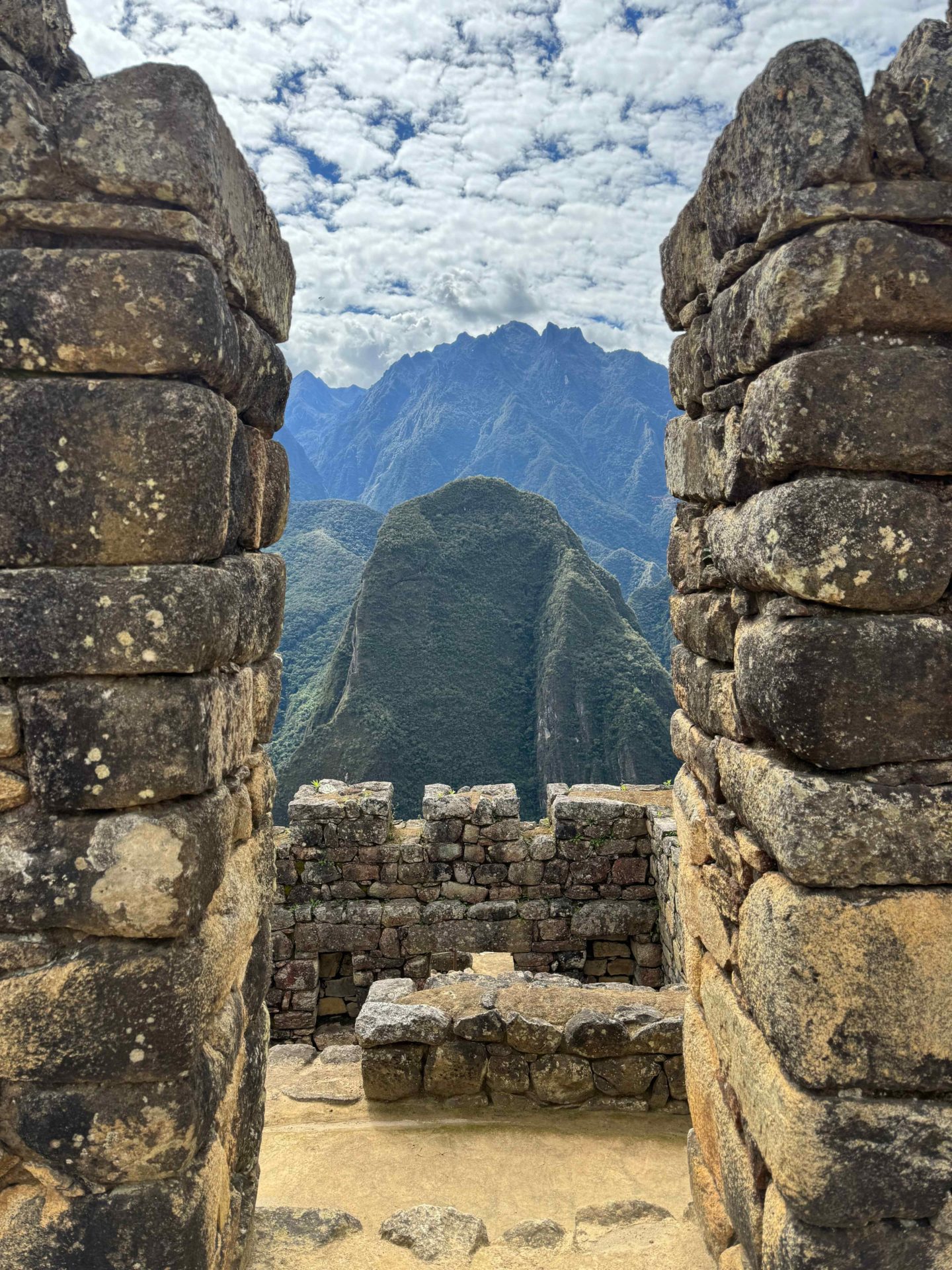
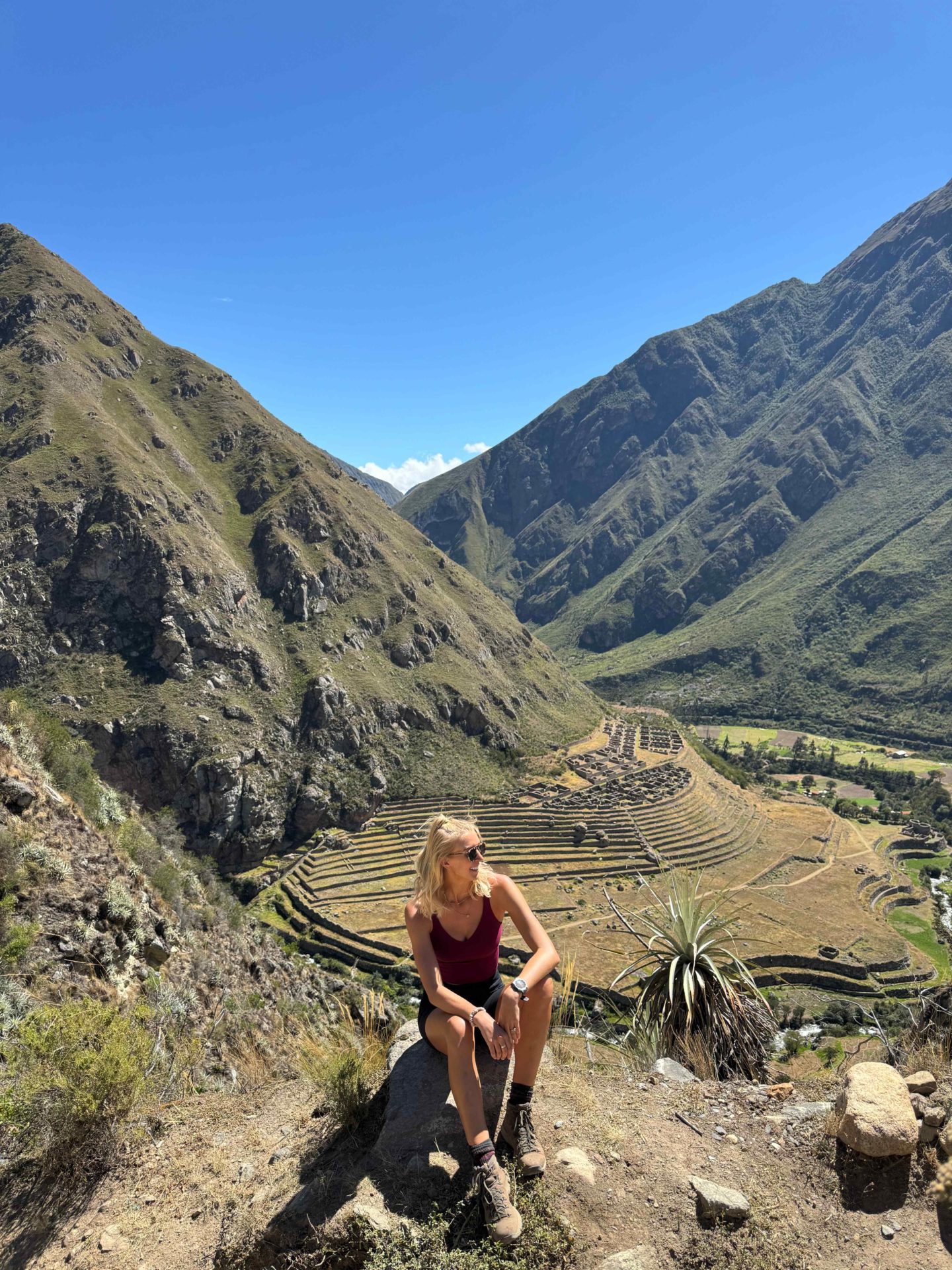
Overview
Distance: 42km. This is a point-to-point hike.
Duration: Typically four days and three nights. If you book a shorter trek, you will not be completing the full Inca trail.
Difficulty: Moderately challenging. High altitude, steep ascents and long hiking days mean you need to be strong, fit and resilient to complete this trek.
Time of Year: The dry season of May to October. The high season is from June to August. We went in May and avoided a lot of the crowds, but still had beautiful weather.
How To Do It: You need to book far in advance through an approved tour operator in order to get one of a limited supply of permits.
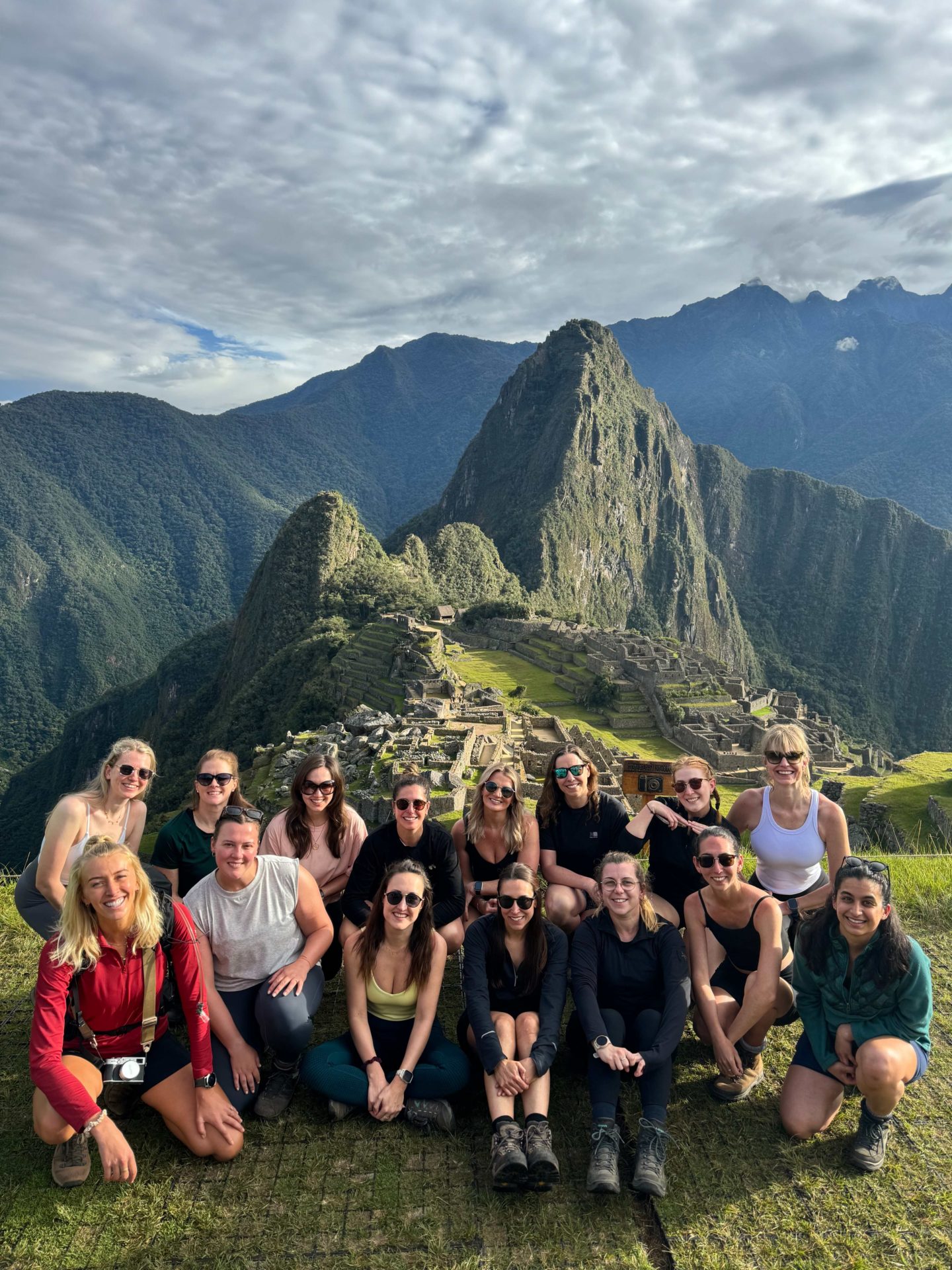
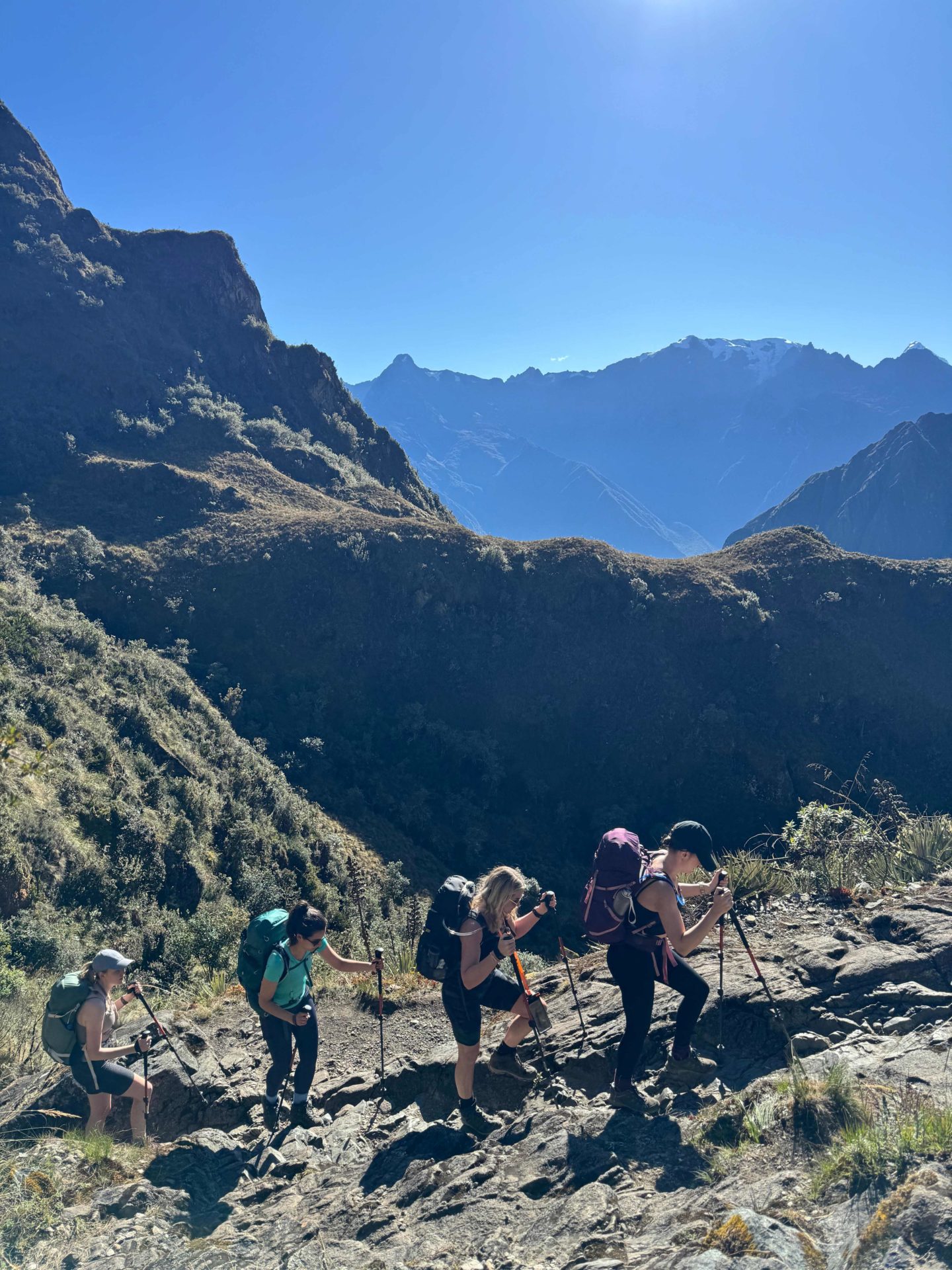
19 Things You Need To Know Before You Hike the Inca Trail:
It isn’t an easy trek.
The Inca Trail isn’t a route I would recommend to someone who doesn’t have a good level of fitness or hasn’t done any hiking in the past. In short, it isn’t for beginners. There are steep and challenging ascents at high altitude, long days on your feet and a distinct lack of home comforts. You will need physical strength and mental resilience to complete it, but it is the most rewarding feeling when you do!
You need to book far in advance & get a permit.
Since 2002, all hikers who do the Inca Trail need to go with an approved, organised and licensed tour. Independent hikers are not allowed. I personally recommend Intrepid as they have great porter ethics. Only 500 people are permitted on the Inca Trail per day (roughly 200 tourists and 300 porters and guides), and the permits to do this sell out very fast. But don’t worry, your tour company will secure this for you, just ensure you book as far in advance as you can. Once you book an Inca Trail trek, you cannot change the name or dates on the permit.
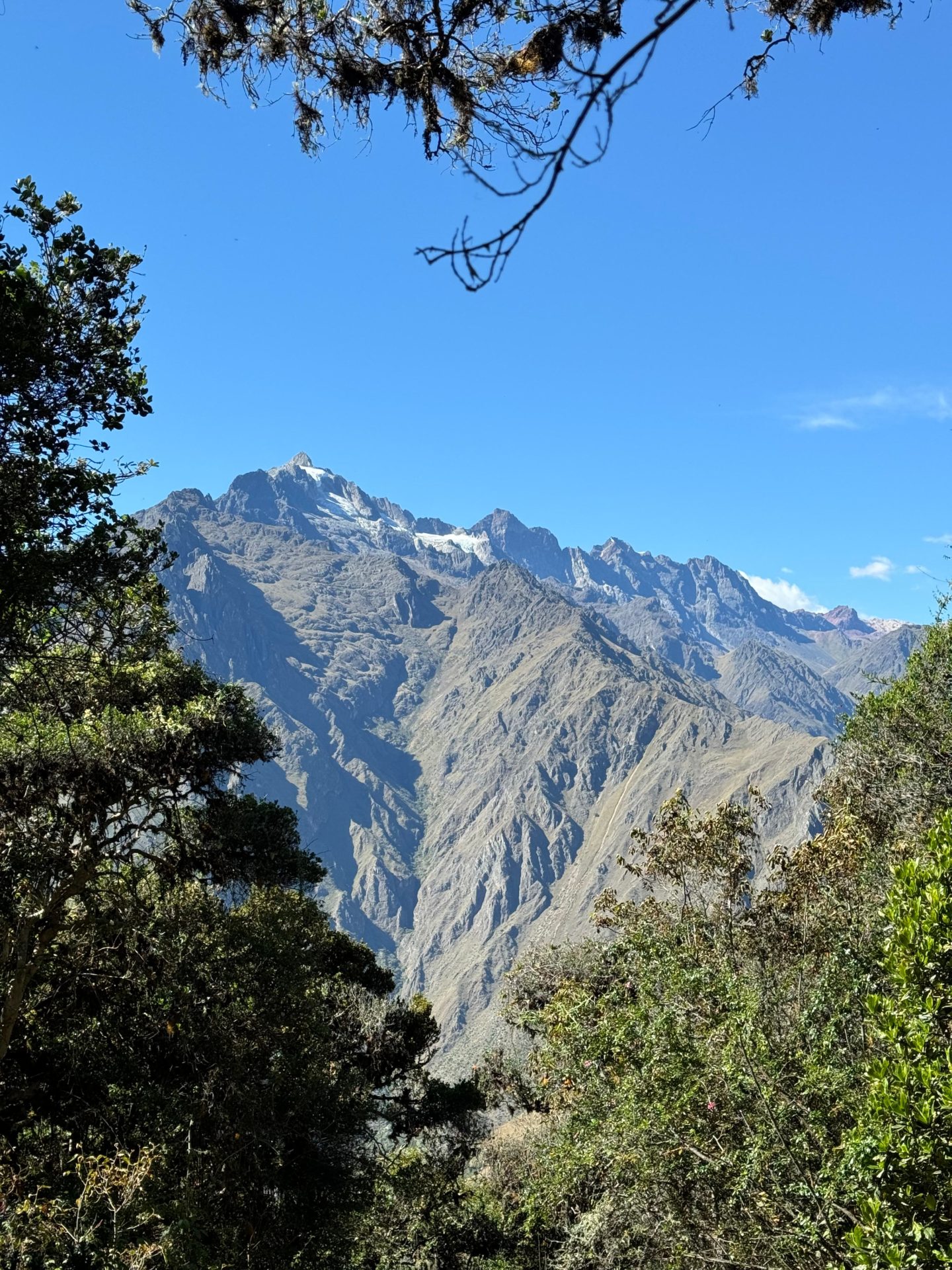
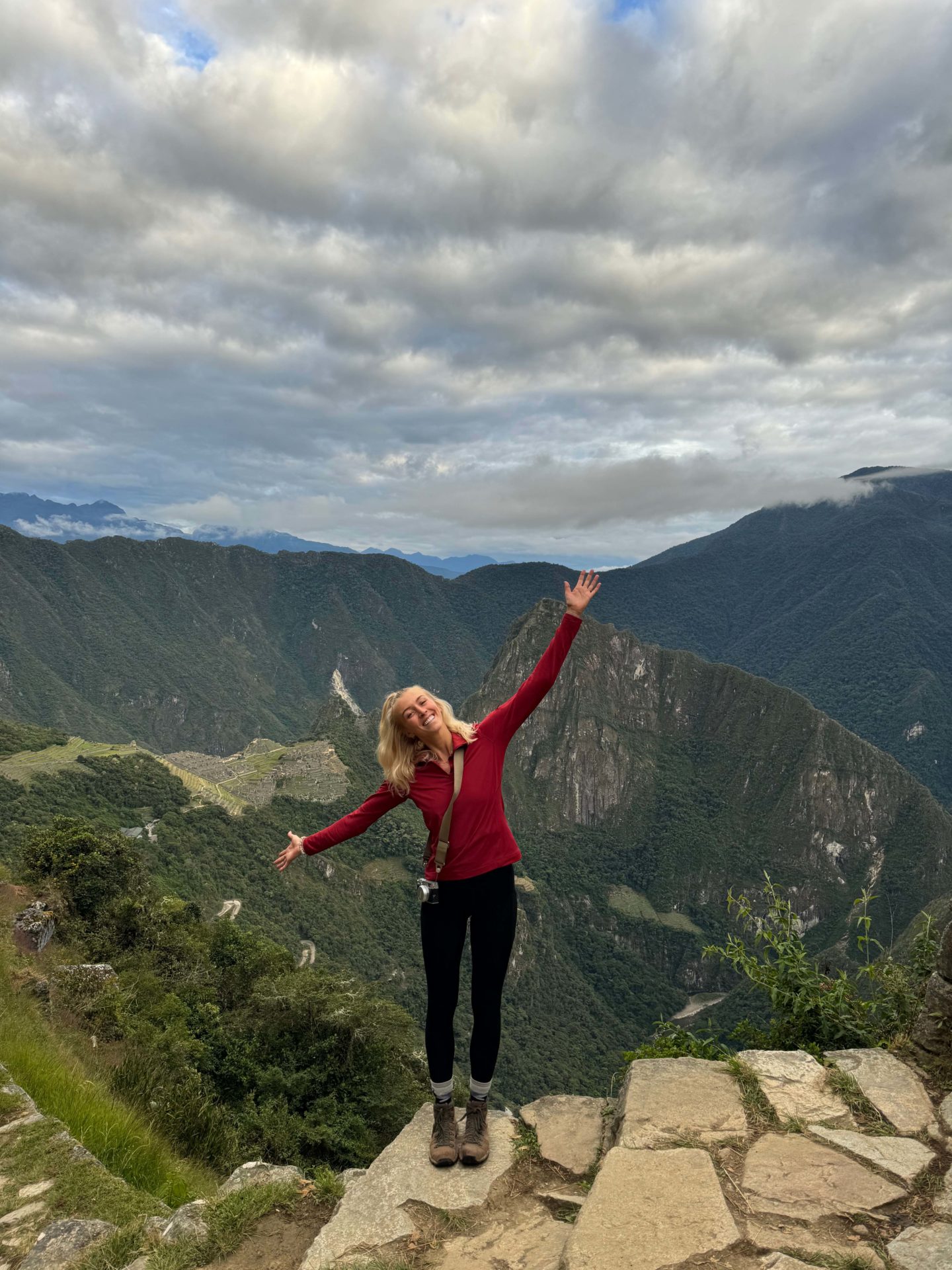
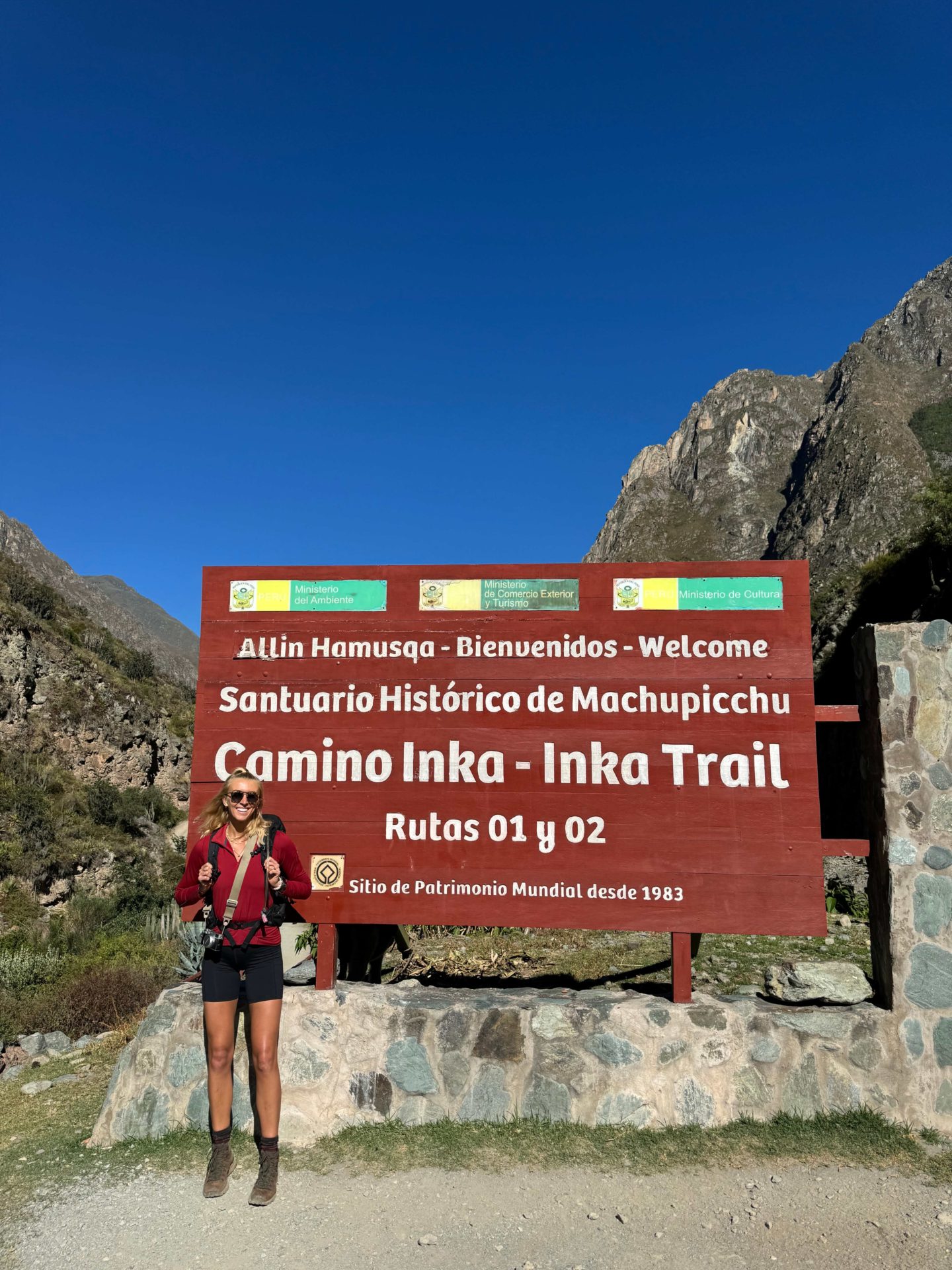
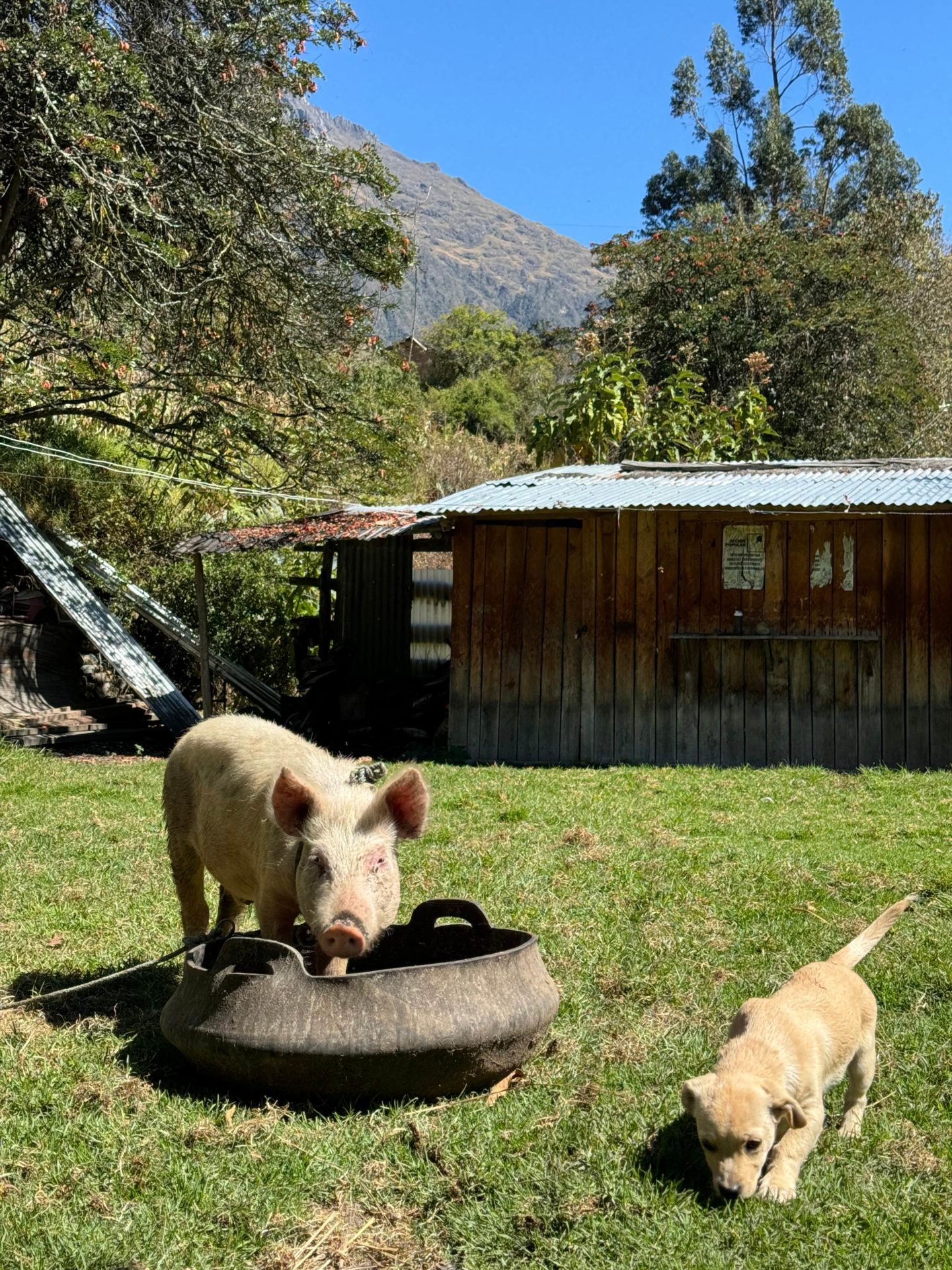
It’s a 4-day route.
It varies slightly between companies, but this is what our daily distances looked like:
Day 1: 11km. 550mm elevation gain. An easy to moderate training day to help with acclimatisation.
Day 2: 12km. 1200m elevation gain. The hardest day, you conquer serious elevation as you take on the famous Dead Woman’s Pass. The descent down the other side is also pretty big!
Day 3: 13km. 600m elevation gain. Mostly fairly easy. One spicy ascent and one long descent of over 1000m elevation loss, which can be hard on your knees. This is a special day because you go past a whole series of Inca ruins.
Day 4: 5km. 170m elevation. The shortest and easiest day as you head to Machu Picchu.
If I have one piece of advice, it’s to take it super slow. The altitude really takes its toll on this hike, so go as slowly as you can and take lots of breaks. It can be really hard to catch your breath once you’ve lost it.
The campsites are simple.
You will be sleeping in a tent, with no access to electricity or warm water. It varies between tour companies depending on where they pitch up, but for us there were cold showers available at camp sites 2 and 3. However, it gets so chilly at night that a cold shower isn’t always a good idea. Most people just washed using the small basin of warm water we were given every morning and evening. That combined with a few face wipes actually made me feel pretty fresh!
Toilets can be interesting.
On day one you can access fairly clean public toilets for a small fee, but after that it goes a little downhill. The public toilets become free from day two, but they are questionable at best and to be honest, I preferred to go out in nature than use them. The good news is, our tour company had pop up chemical toilets they erected at every lunch spot and campsite. They were small but functional and did the job. Oh and don’t forget to bring some tissues with you!
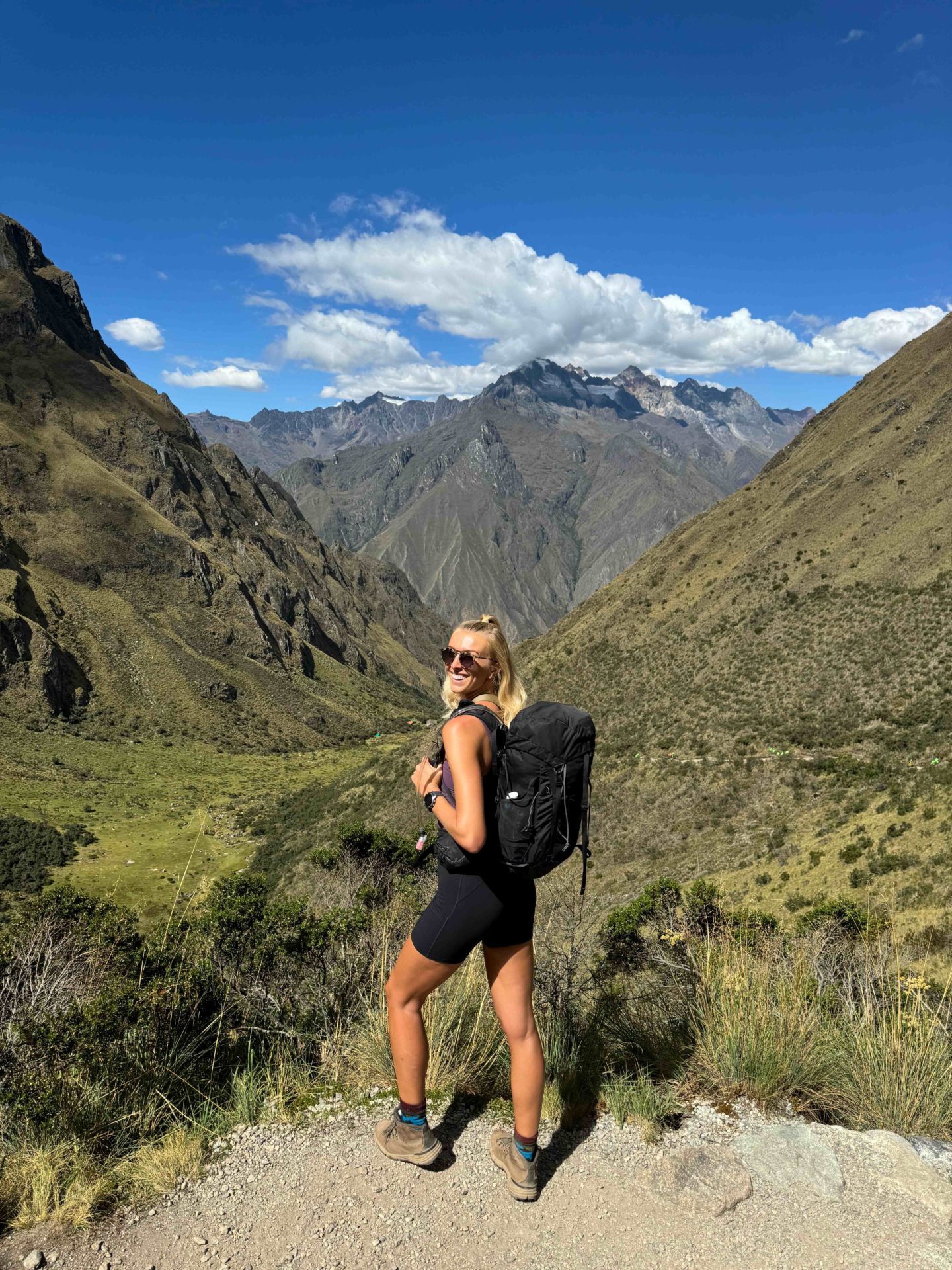
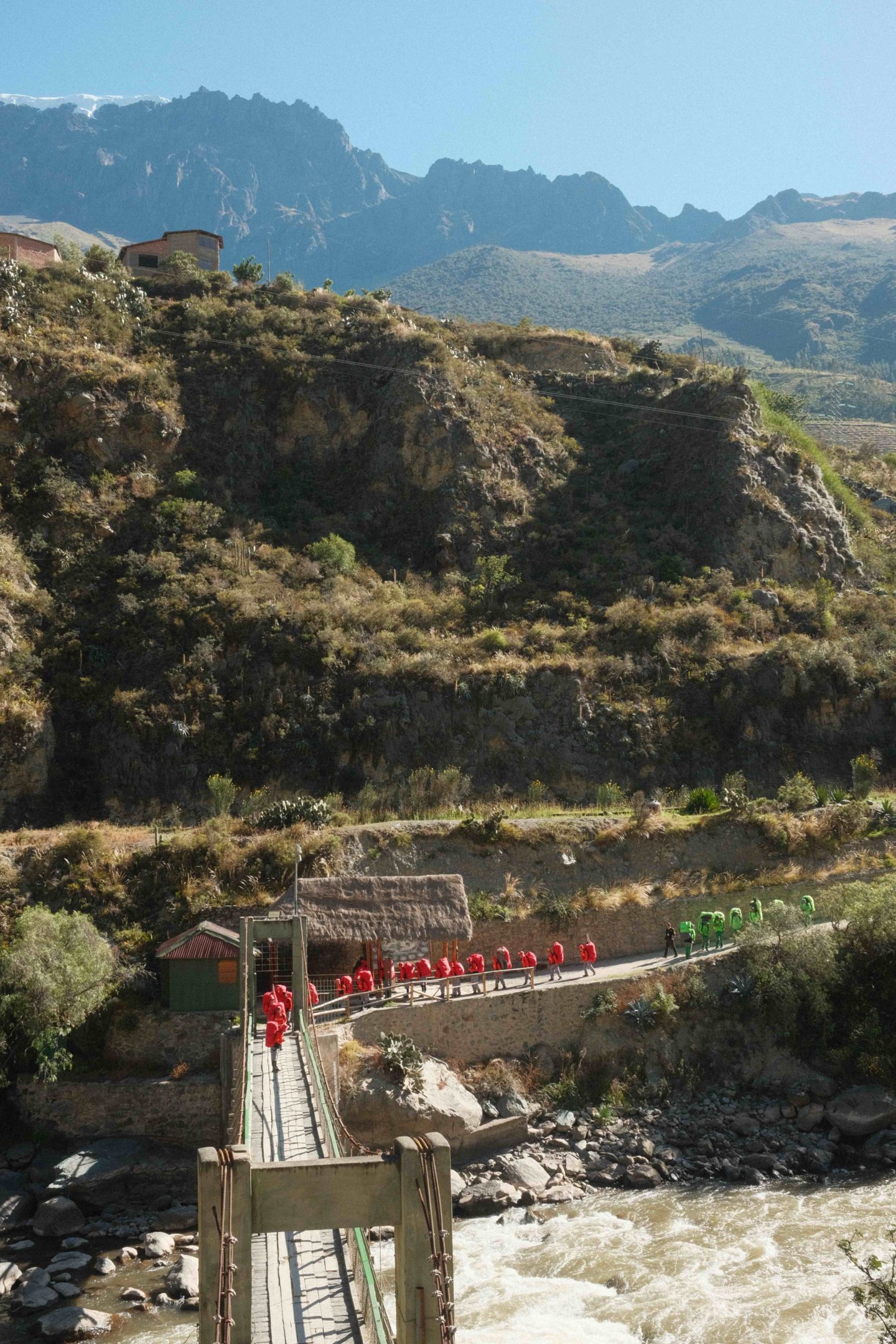
You’ll be off the grid.
There’s no phone signal for the majority of the hike, so enjoy having a little digital detox. There’s also no electricity so I highly recommend bringing a couple of portable charging packs to keep your camera and phone charged up.
You need to carry your passport.
They will check this when you start the Inca Trail and also when you get to Machu Picchu. If, like me, you got a new passport since you purchased your permit, then you need to either bring a copy of your old passport or a photo of it.
The food is incredible.
I was absolutely astounded by the quality of the food we were served on the Inca Trail! Our chefs cooked up an absolute feast. We had a hot breakfast, a 3-course lunch, afternoon tea/snack and a 3-course dinner every single day. The meals were delicious and well balanced with plenty of veggies, and all dietary requirements were catered for. You just need to let them know in advance of the trek, as they plan and pack all the ingredients before they set off.
Bring snacks.
Your tour company may provide a couple of snacks every day, but these weren’t really to my personal taste. You can also purchase a few (very expensive) snacks on day one and two of the trek at local vendors, which are usually chocolate bars and gatorade. If you want anything else, then I highly recommend bringing your own energy bars, protein bars and electrolytes to keep yourself fuelled.
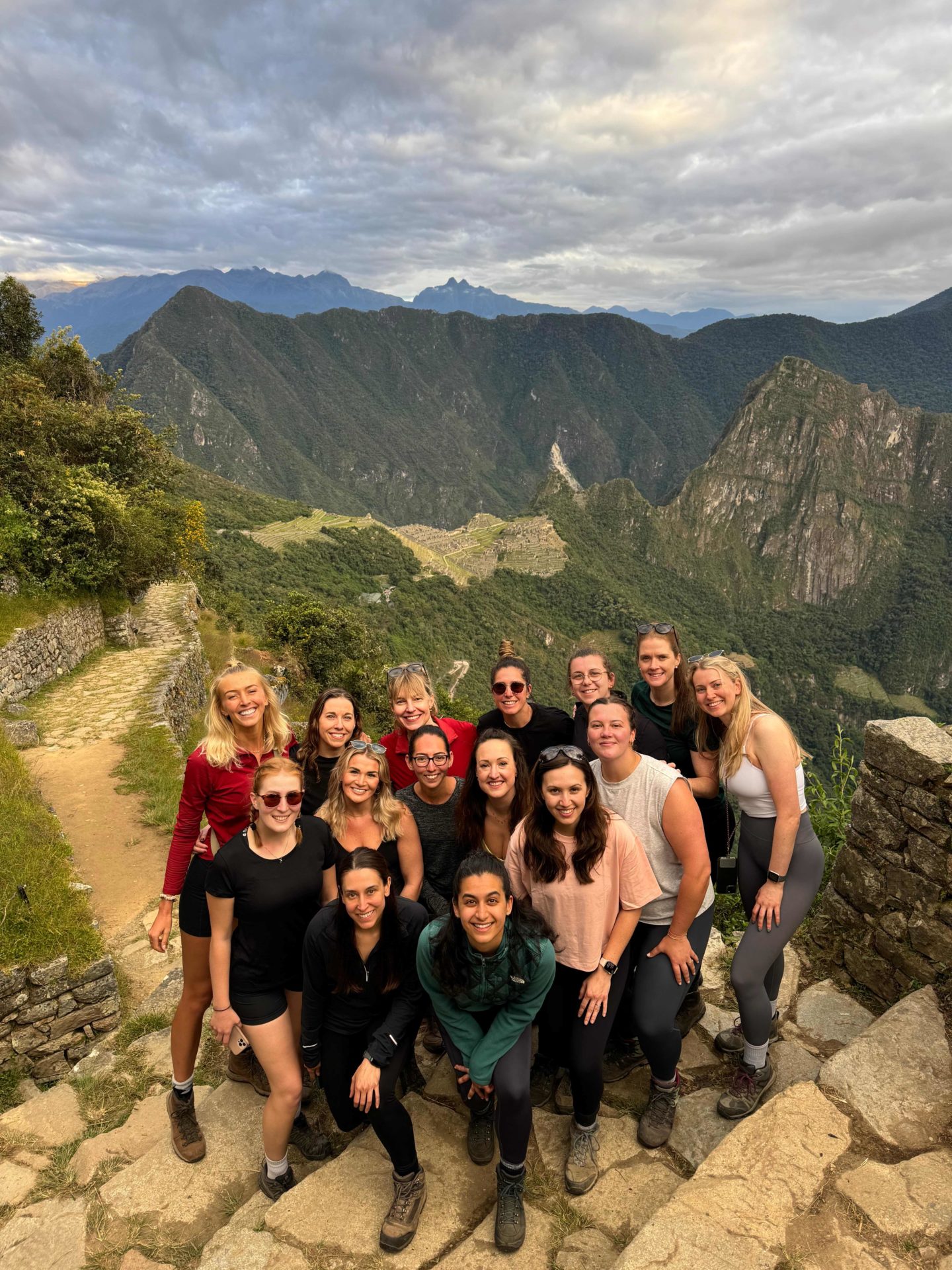
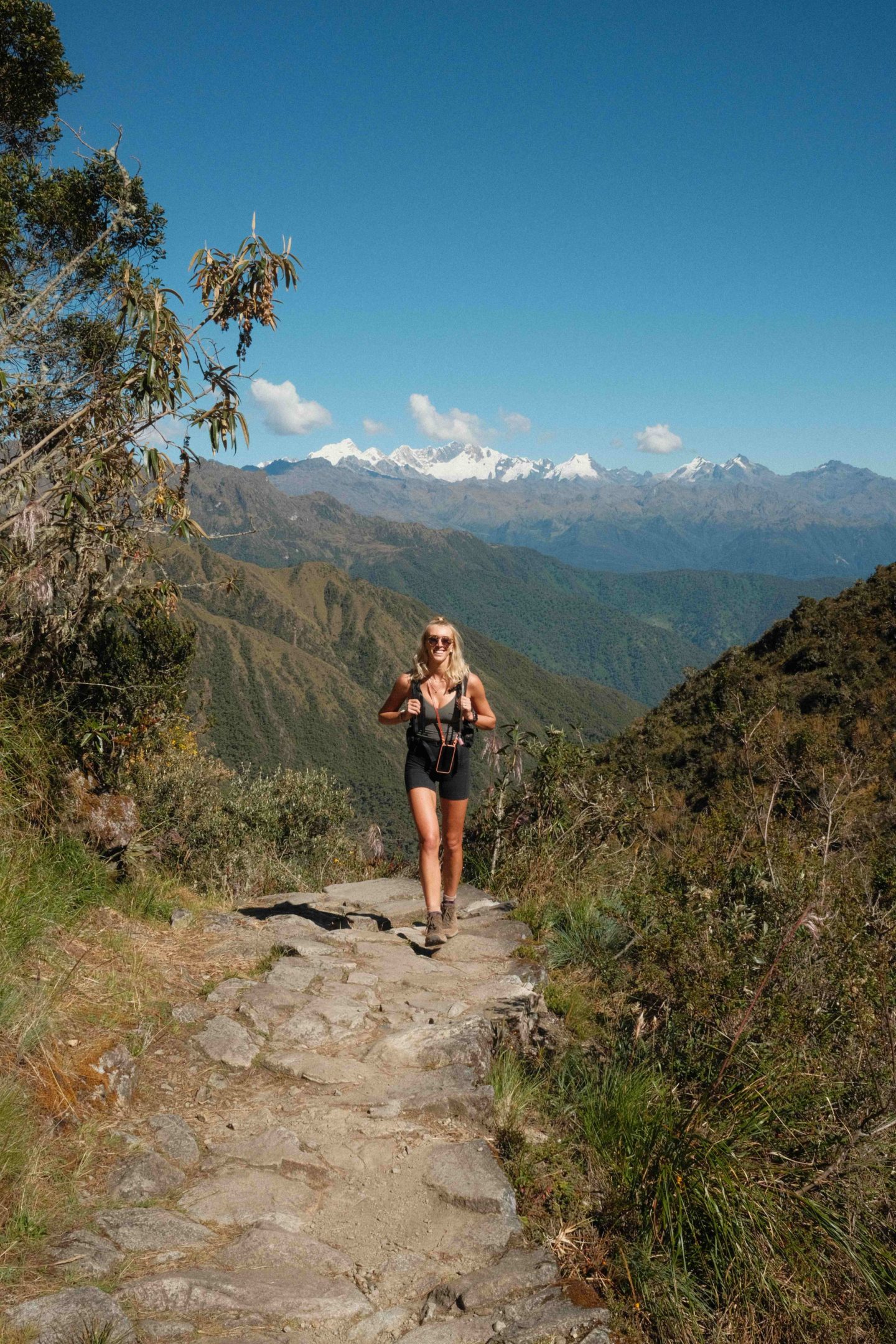
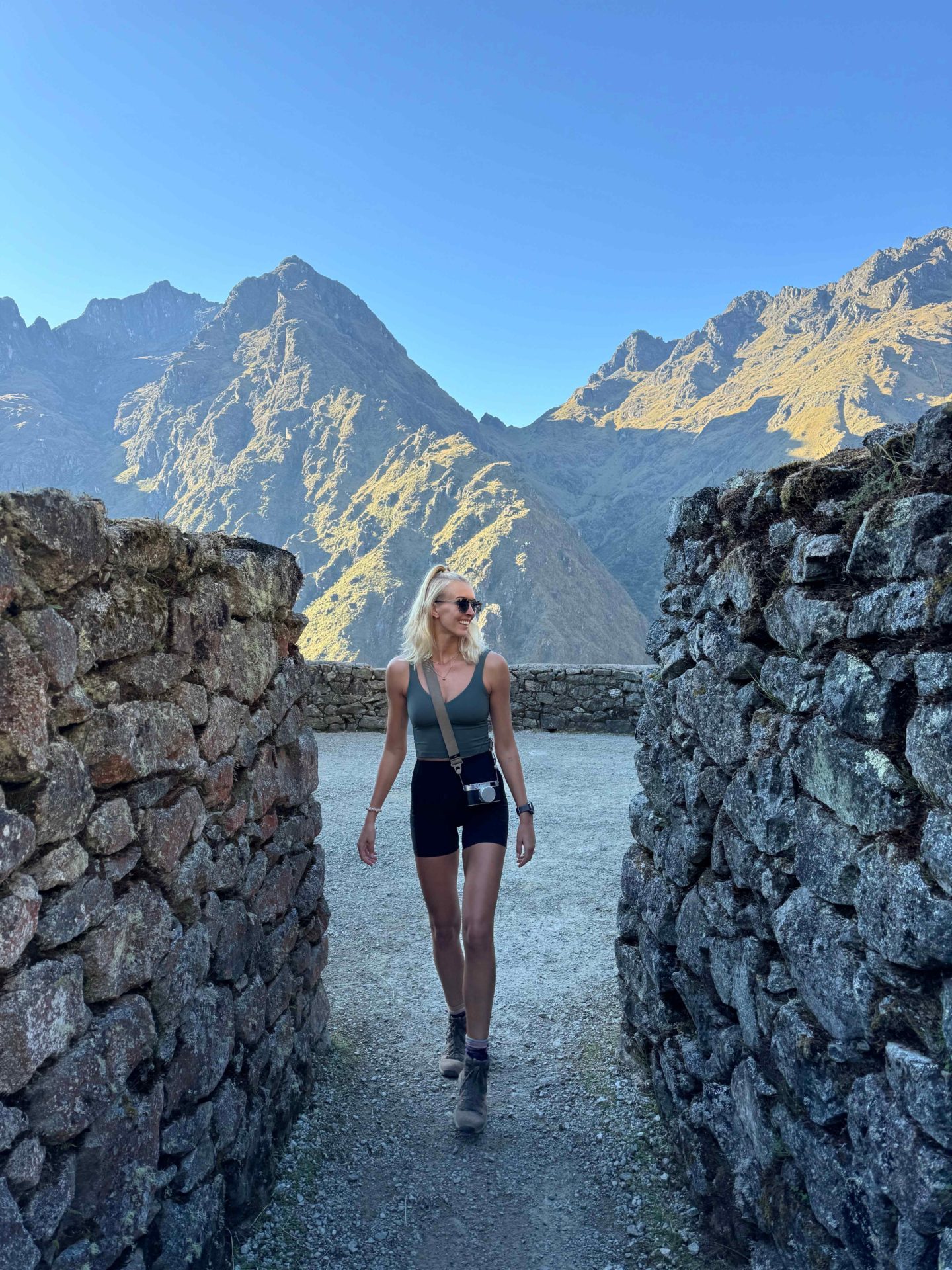
It is very cold at night.
While the days can get warm (we hiked in shorts and vests every day), the evenings get very cold. I highly recommend bringing hats, gloves, thermals and layers. A good hack we used was filling our water bladders and bottles with warm water, then placing them in our sleeping bags to heat them up before we got in. On night two, it gets particularly chilly so I recommend sleeping with your tech (such as phones and cameras) inside your sleeping bag to keep their batteries working.
There are early mornings and early nights.
Most days you’re woken up at 5am and start hiking by 6.30ish and are in bed by 8pm. However, on the final morning when you ascend to Machu Picchu itself you will be woken at 3am and then wait in a shelter next to the entrance gates until 5.30am (sunrise) when you’re allowed to go in. This is to allow the porters to catch an early train home, which is the least you can do after they have supported you through such a challenging trek!
It’s a busy trail, but you won’t feel it every day.
We had a peaceful experience on the Inca Trail, only really seeing other hikers at the lunch and camp spots. The main time we really felt the crowds was on the final morning when we were all waiting in the shelter to start the hike to Machu Picchu. It was rammed! And then on the trail itself, it felt like everyone was rushing to try and get to the front.
We decided to exit that battle and walk slowly and steadily at the back, enjoying the views on our way to the ancient city. Ultimately, it isn’t going anywhere and there’s no real reason to try and be there first! Even if you get there before everyone else, you will be joined by the rest of the crowds within minutes. So you might as well enjoy the journey and remove the stress from the situation.
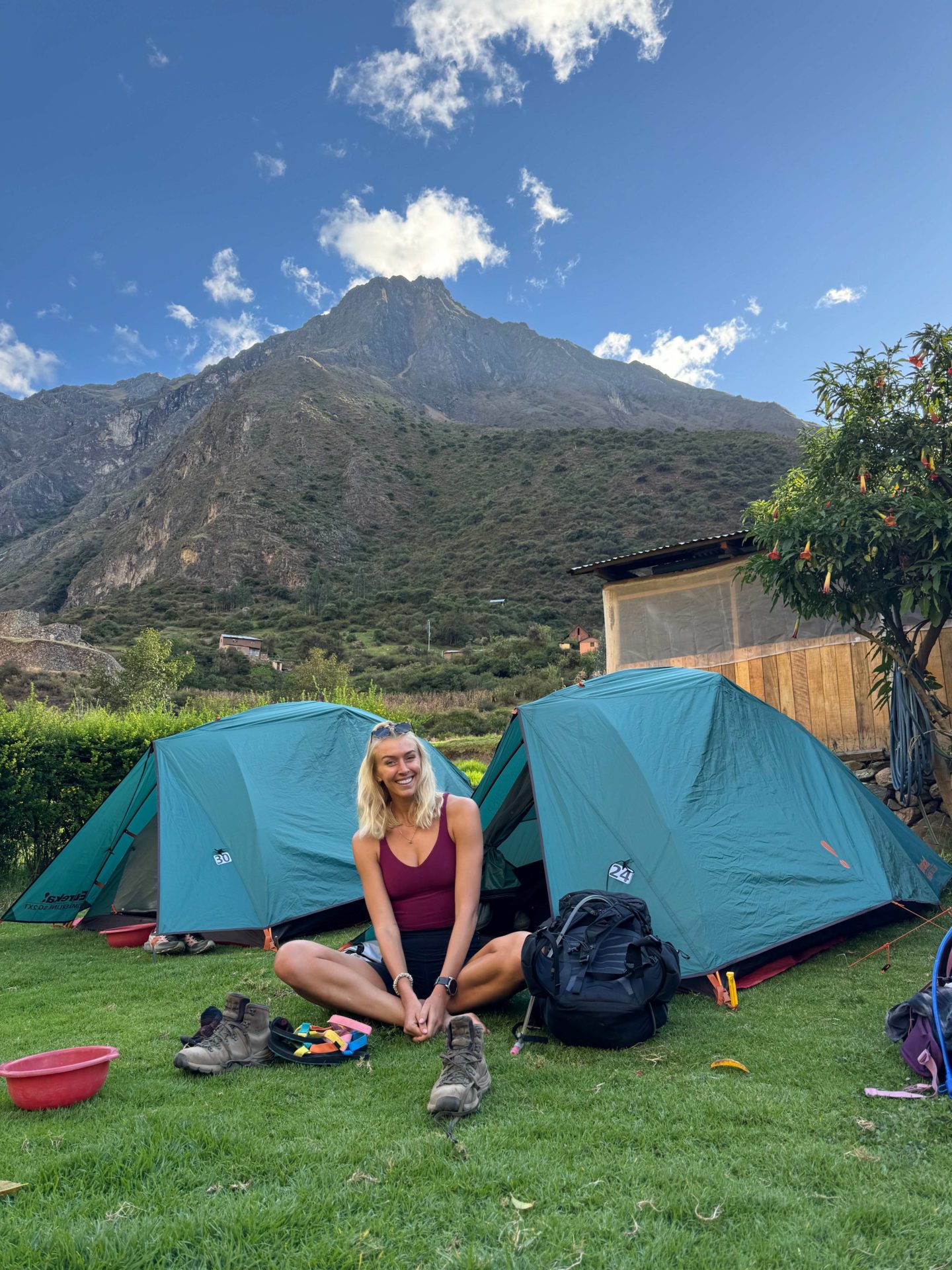
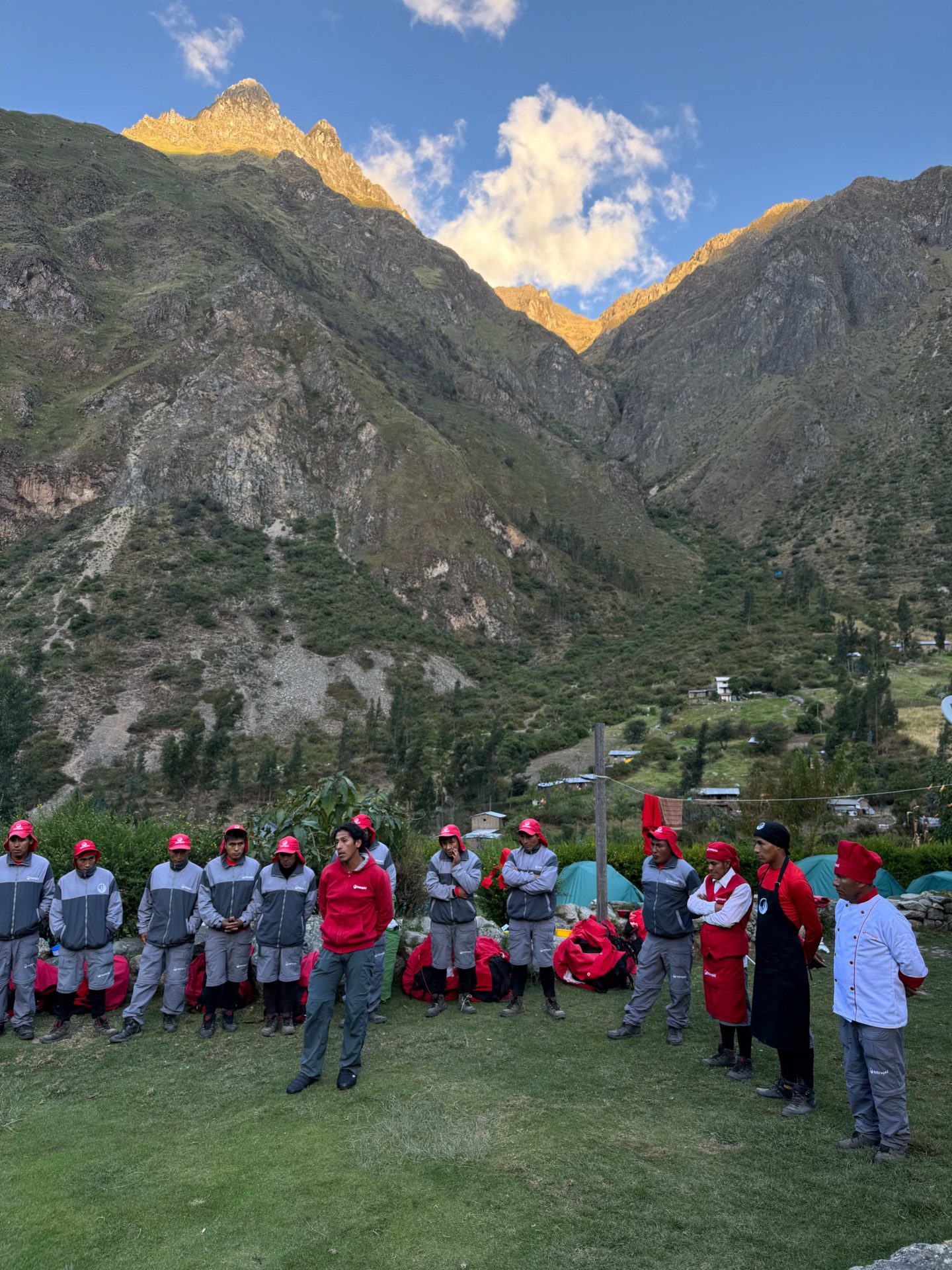
Take cash.
I took around 500 soles. This is mainly for tipping the porters, chefs and guides at the end of the trek. You can ask the company for their recommended tipping guidelines, as this varies. We ended up going above all of the recommendations, as we could not have got through the Inca Trail without the incredible team and we want to show them our appreciation. As well as tipping well, I also recommend making sure you book with a company who has strong ethics surrounding the treatment of their porters and team members, like Intrepid.
What you wear is important.
Make sure you have well-worn, comfortable and practical gear. This will make a huge difference to your comfort and experience as you take on the hike. If you’re wondering what to pack, check out my guide here.
Machu Picchu is huge.
Once you get there, it can be a little overwhelming. After spending four days off-grid in the mountains you are suddenly thrust into crowds of thousands of clean people who are all exploring the same gigantic ancient city. There is so much to see and do, with four different self contained “circuits” tourists can follow. Your local guide can show you the best one, take you on a walk through the ruins and talk you through the Inca culture. Lap it all up, these moments are the fruits of your labour!
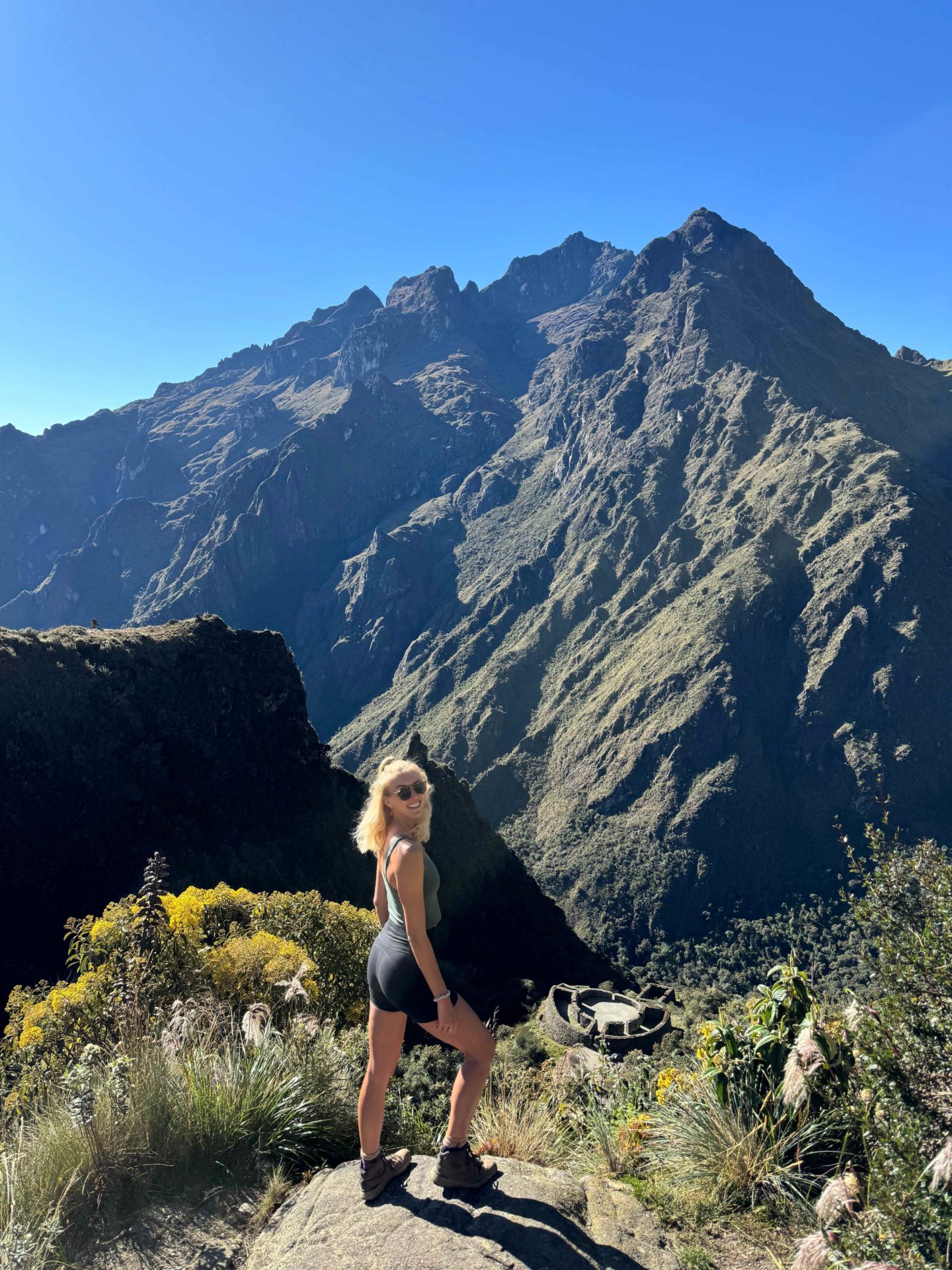
Did you like this blog post? Check these out next:
- What To Pack For The Inca Trail to Machu Picchu, Peru
- A Guide To The Lost City Trek, Colombia: Everything You Need To Know
- What To Pack For The Lost City Trek, Colombia
- Torres Del Paine Travel Guide: Patagonia Hiking Tips & Tricks
- El Chalten Travel Guide: Patagonia Hiking Tips & Tricks
- Monterrey, Mexico Travel Guide: The Best Hikes in Monterrey, Mexico
Safe travels,
Zanna x

